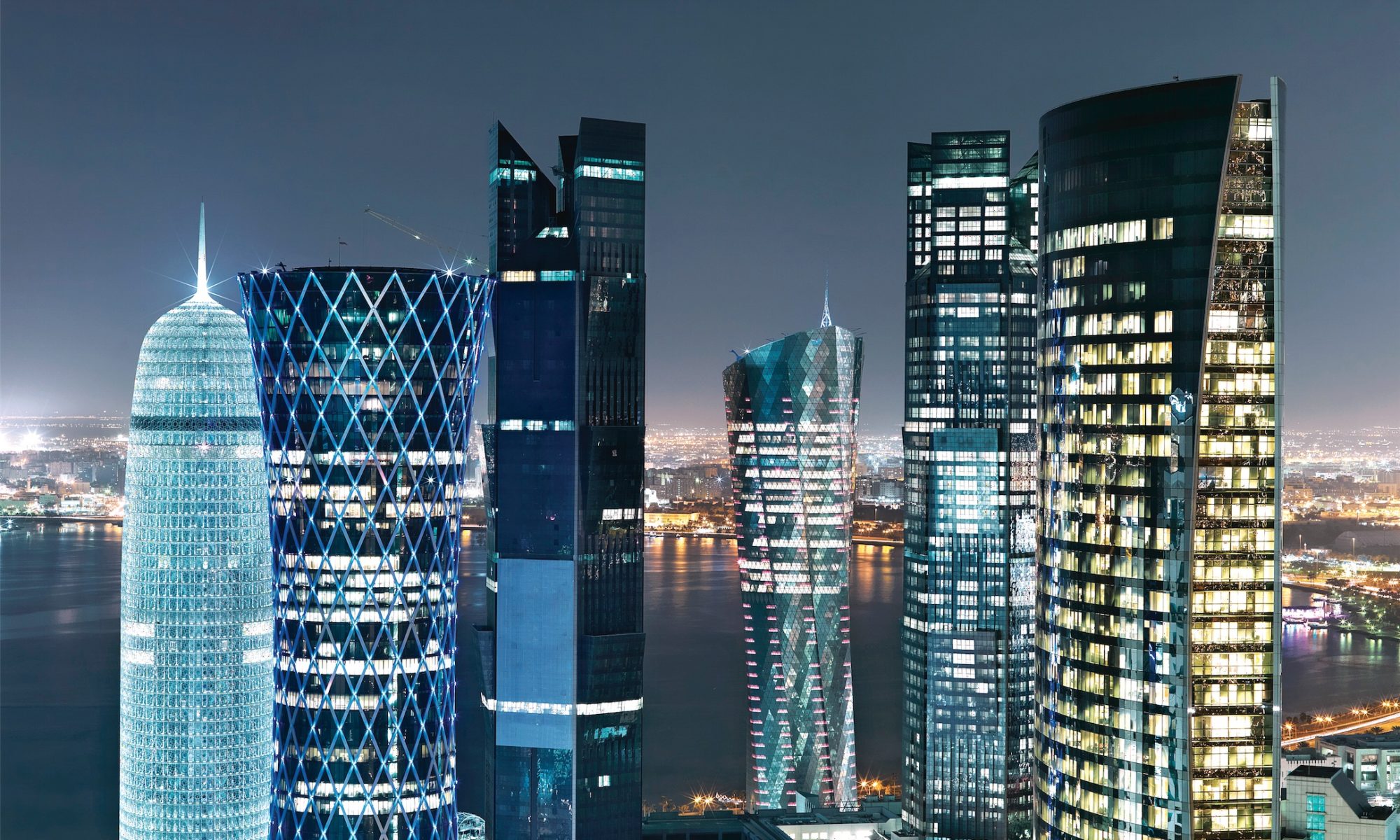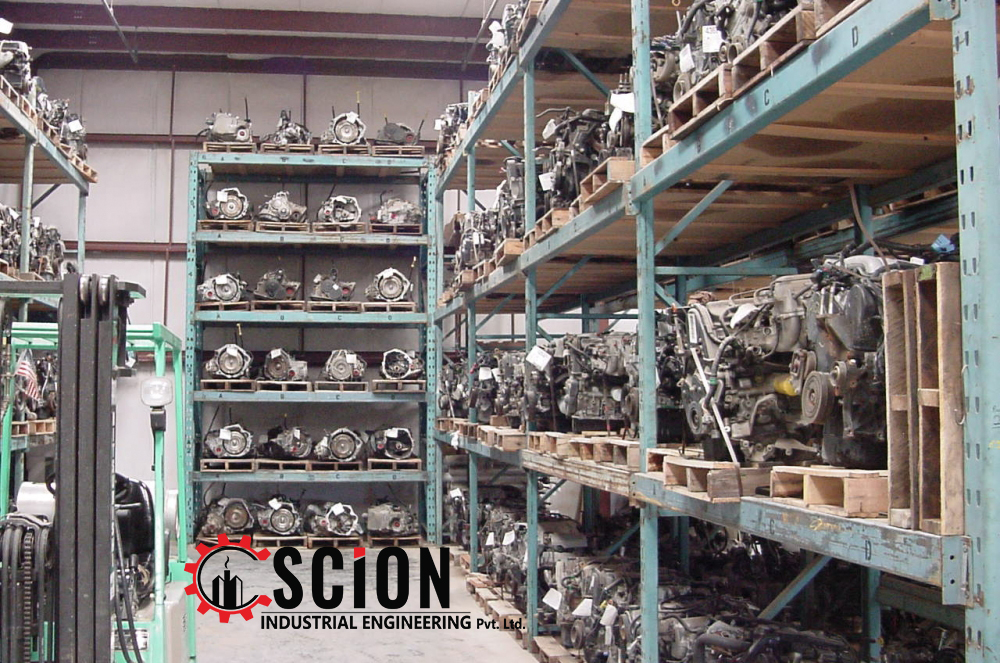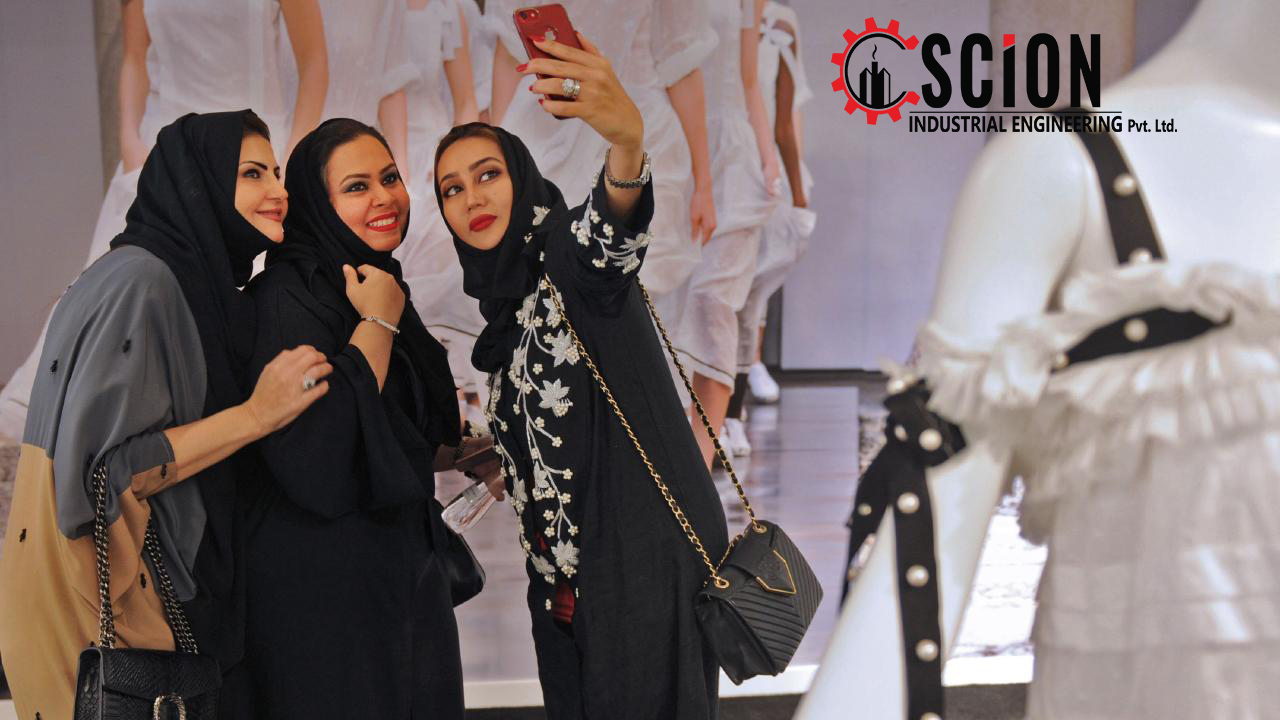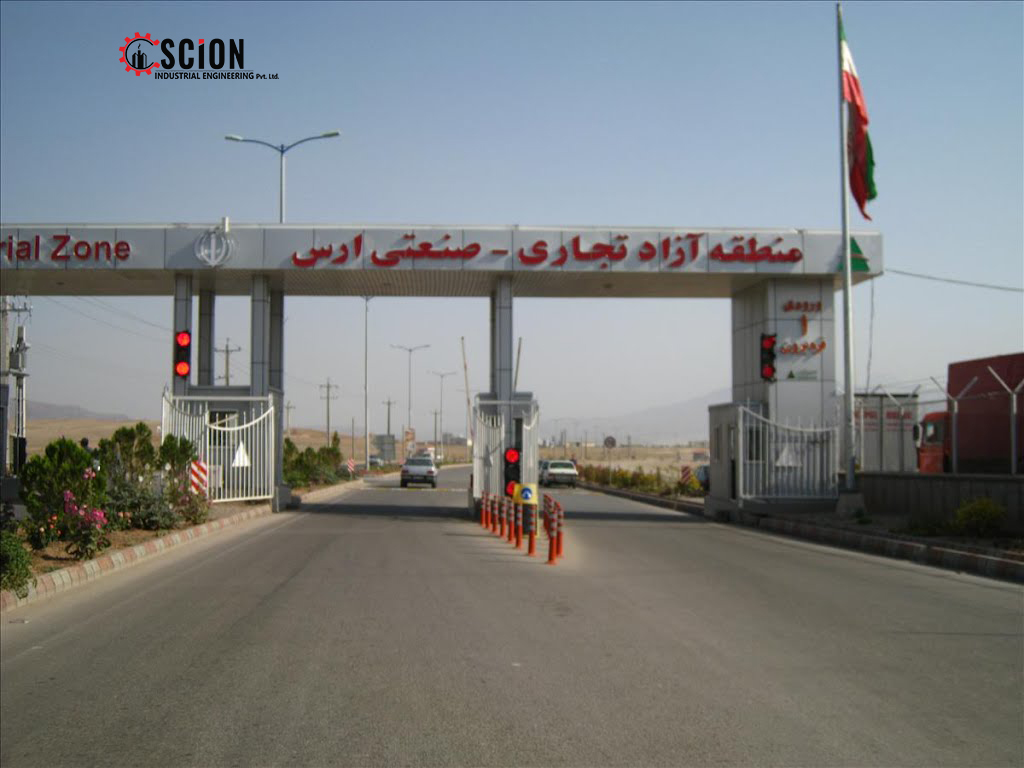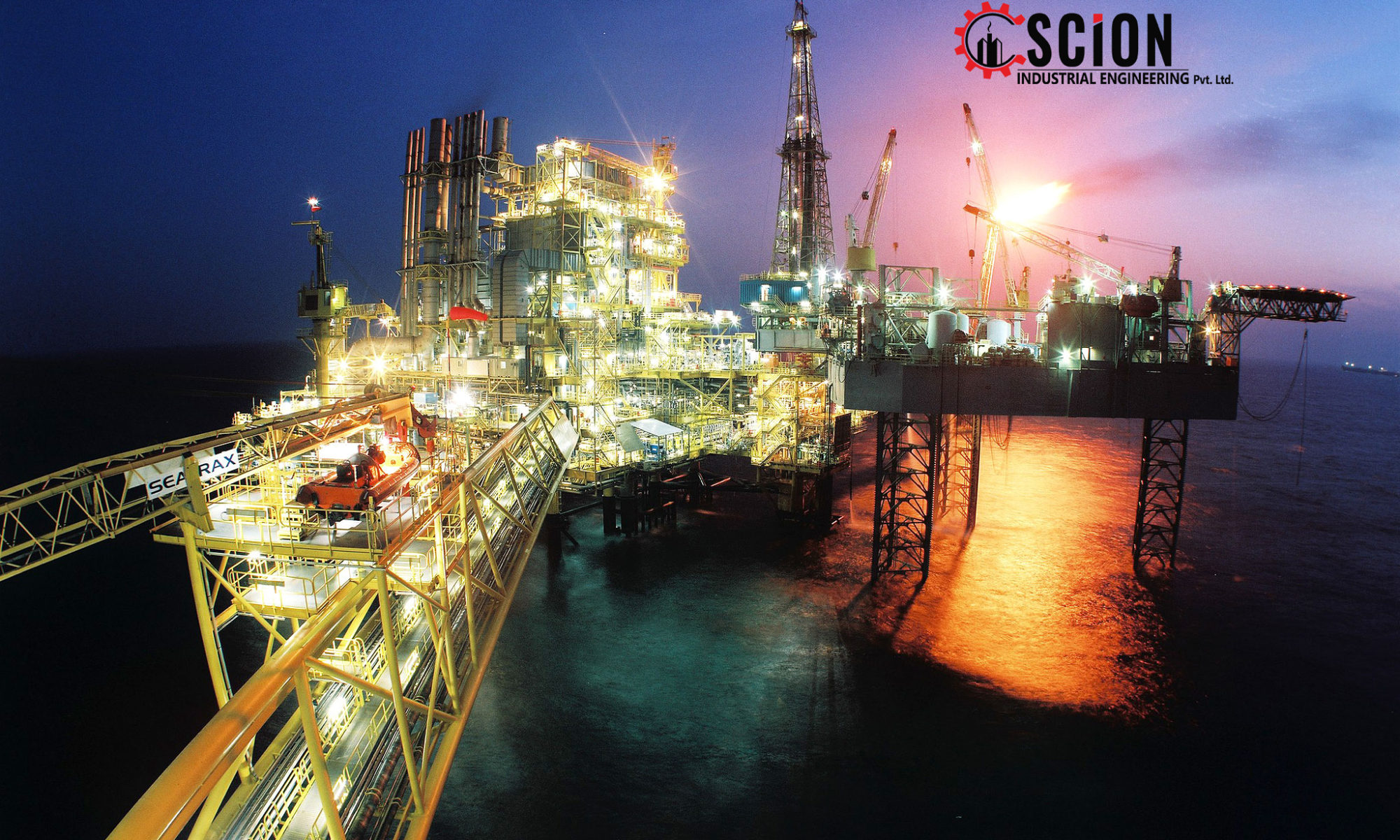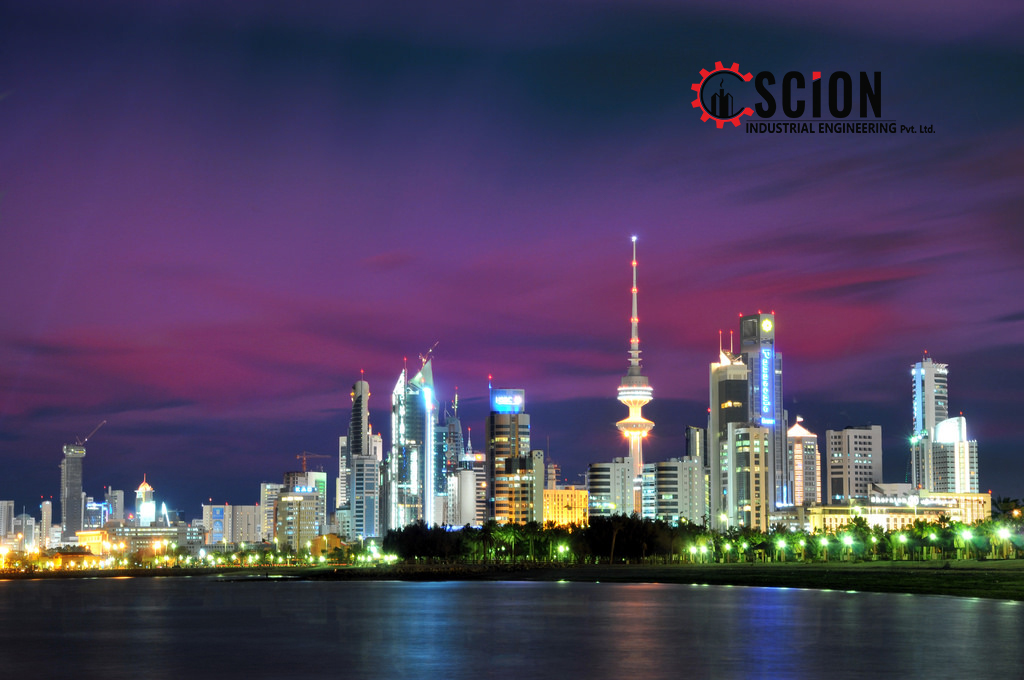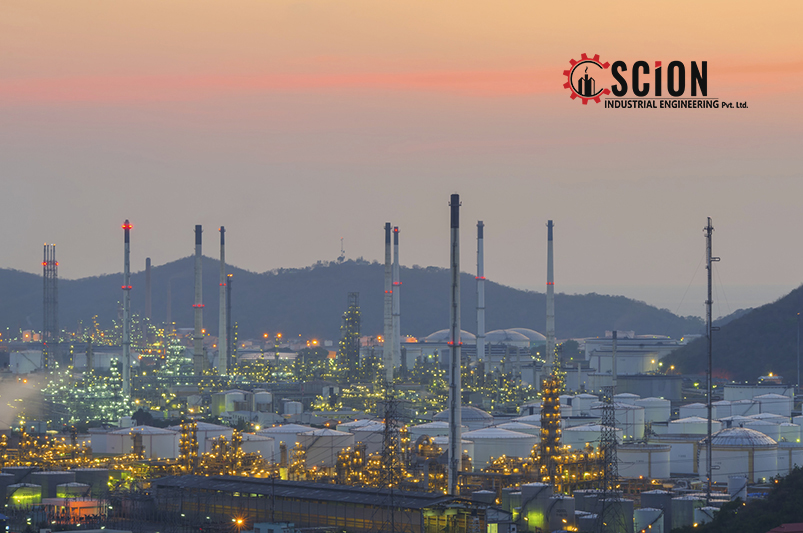The region of Al Dhafra encompasses approximately 35,250 sq km and accounts for 60% of the total landmass of the emirate of Abu Dhabi. The region is bound by a 350-km northern coastline and lies between Saudi Arabia to the west and south, Al Ain to the east and the Abu Dhabi region in the north-east. Al Dhafra is mostly desert and lies on the edge of the Arabian Peninsula’s Empty Quarter (Rub Al Khali), the world’s largest uninterrupted mass of sand. As a result, Al Dhafra, despite being the largest of Abu Dhabi’s regions, is the most sparsely populated. Its harsh desert environment witnessed temperatures as high as 50.9° C and as low as 5.2° C in 2015, according to the “Statistical Yearbook of Abu Dhabi 2016” published by Statistics Centre – Abu Dhabi (SCAD). In 2015 peak rainfall in Al Dhafra was recorded in January, when a total of 3.3mm fell. Al Dhafra’s economy is underpinned by its hydrocarbons industry; the region is home to around 90% of Abu Dhabi’s total oil reserves.
Demographics & Settlements
In mid-2015 the population of Al Dhafra was recorded at 325,800, or 11.7% of the total population of approximately 2.8m for the entire emirate of Abu Dhabi. Of the total for the emirate, 536,741 people were Emirati citizens, of whom 30,342 (5.7%) lived in Al Dhafra.
Making up around 60% of the emirate’s landmass, Al Dhafra has a population density of 9.3 people per sq km, compared to 156.3 and 55.2 per sq km for the Abu Dhabi Region and Al Ain, respectively.
Despite the low population density, Al Dhafra’s population growth has outstripped that of Abu Dhabi Region and Al Ain in recent years, with the region’s population tripling between 2005 and 2015, rising from 108,600 to 325,800, according to SCAD. In comparison, the population of Abu Dhabi Region grew from 809,000 to 1.7m in the same period, while Al Ain’s population increased from 444,700 to 738,500.
Between 2005 and 2015 the Emirati population in Al Dhafra grew from 20,200 to 30,300. However, the total number of non-citizens living in the region rose by more than a factor of three over the same period, from 88,300 to 295,500. This increase is largely down to various ongoing developments aimed at spurring growth and diversifying the region’s revenue streams. As a result of these initiatives, demand for both skilled and non-skilled foreign labour has driven large-scale immigration into the region over the past decade.
The majority of Al Dhafra’s population is concentrated mainly across the region’s seven principal settlements, namely Madinat Zayed (the largest city by population and size and regional administrative capital), Mirfa, Ghayathi, Liwa, Ruwais (home to an industrial centre and port), Sila and Delma Island.
Government
The ruler’s Representative Court of Al Dhafra Region was established by Emiri Decree No.2 in 1977, and was reorganised in 2006. Sheikh Hamdan bin Zayed Al Nahyan has served as the ruler’s representative in Al Dhafra Region since June 2009. The ruler’s Representative Court of the Al Dhafra Region is responsible for overseeing and implementing the vision and development of Al Dhafra.
With its head office located in Madinat Zayed, the Al Dhafra Region Municipality is the body responsible for providing all municipal services, and for planning and managing the development of the region, particularly with regards to infrastructure projects. The Al Dhafra Region Municipality was established in 2006 as an independent governmental department operating under the umbrella of the Abu Dhabi Department of Municipal Affairs and Transport. In addition, several other bodies are responsible for administrating services across a range of spheres in the region. These include the Abu Dhabi Department of Economic Development and the Abu Dhabi Housing Authority.
Meanwhile, the Abu Dhabi Urban Planning Council (UPC) is the agency responsible for the developing and implementing the emirate of Abu Dhabi’s urban development strategy and has played a key role in implementing the policies and developments envisioned in Plan Al Dhafra 2030.
Economic Profile
Although the economic contribution of other sectors such as agriculture and tourism is on the rise, Al Dhafra’s economy remains underpinned by its significant hydrocarbons wealth.
According to figures cited by the Plan Al Dhafra 2030, the region is responsible for 40% of the emirate’s GDP, suggesting a total of Dh384bn ($104.5bn) in 2014 when the emirate’s overall GDP reached Dh960bn ($261.4bn). However, the region’s contribution is likely to be slightly lower given that the mining and quarrying (which includes crude oil and natural gas) contribution to GDP was down some 4.3% year-on-year in 2014, falling from around Dh511bn ($139.1bn) in 2013 to Dh489bn ($133.1bn) in 2014.
The drop was a result of the rapid fall in global oil prices, which started in June 2014, when the price for Brent crude stood at $114 per barrel; by the end of the year it had decreased to just under $60 per barrel with the fall continuing through 2015, and eventually bottoming out at $28.90 per barrel in January 2016. As a result, the sector’s contribution to GDP will likely hit a low in 2015 before increasing again in 2016 in line with the rally in prices that took place in the year. As of mid-March 2017 the price for Brent crude stood at a total of $50.90 per barrel.
In addition to multiple oil and gas fields, Al Dhafra is also home to Ruwais industrial zone. Located in the north-west of the region, this self-contained industrial area is home to the largest oil refinery in the UAE as well as various other downstream facilities.
The complex was developed in the 1970s by Abu Dhabi National Oil Company (ADNOC) as a base for its extensive operations in the refining segment. In 1999 Abu Dhabi Oil Refining Company (Takreer) was established to take over the responsibility of the emirate’s refining operations from ADNOC.
Plan Al Dhafra 2030
Plan Al Dhafra 2030 is the region’s overarching development strategy, and aims to deliver “managed, responsible growth” for Al Dhafra, driving economic “growth without sacrificing the cultural and historic significance of the region”. The plan, which was formulated and launched by the UPC in 2008, envisions different roles for each settlement in the region. Major investments have been earmarked not just for the dominant petrochemicals and energy sectors (which includes oil and gas, nuclear and renewable energy as well as desalination), but also in various other subsectors, notably transport, agriculture and fisheries, and real estate.
The UPC completed the update of Plan Al Dhafra 2030 in 2015, with Master Plans laying out the role of each settlement in greater detail now being created. These will further integrate the infrastructure developments taking place in the region into the roles for each settlement, while also designating specific areas of land for particular use. The UPC has developed the Master Plans to target the specific needs of each settlement in a way that enables local investors to operate at the level that is appropriate for them.
The real estate sector is a case in point. “The housing market for the expatriate population in Al Dhafra is exclusively a rental market, and as a result has few big Abu Dhabi-based developers operating in it,” Falah Al Ahbabi, director-general, Abu Dhabi Urban Planning Council, told OBG. “ADNOC is the only entity currently undertaking large-scale residential developments for its employees and their families in Ruwais. As a result, the UPC is developing the settlement plans in such a way that local authorities and stakeholders can seek out local investors interested in small-scale housing and mixed-use building projects.”
Oil & Gas
Today Al Dhafra is home to around 90% of Abu Dhabi’s known oil and gas reserves, while around 90% of the UAE’s total reserves are located in Abu Dhabi. ADNOC is responsible for Abu Dhabi’s hydrocarbons reserves, and as such plays a major role in managing Al Dhafra’s oil and gas-based growth. The company currently produces over 3.15m barrels per day (bpd) of oil, and over 9.8bn cu feet of raw gas per day through its various partnerships and subsidiaries.
Under the recently approved five-year business plan and budget and its 2030 Strategy, ADNOC has outlined expansion plans which include hitting a production target of 3.5m bpd in 2018. A stronger focus on the application of new and innovative technologies is also envisioned, with enhanced oil recovery techniques and significant development of the emirate’s sour gas resources on the cards. In November 2016 ADNOC unveiled its new Gas Master Plan as it works to meet the emirate’s demand for natural gas, which has been increasing at a rate of 15% per annum in recent years. The plan aims to ensure “a sustainable and economic supply of gas to meet the growing energy requirements of Abu Dhabi and ADNOC’s international customers” (see Energy chapter).
In line with this, it was announced in November 2016 that Al Hosn’s landmark, the $10bn Shah Gas Development project near Liwa in the south-east of the Al Dhafra region, would be expanding its sour gas processing capacity by 50%. Al Hosn, which is 60% owned by ADNOC and 40% owned by Occidental Petroleum, started production at the Shah gas field in January 2015, with the plant going on to reach full capacity of 1bn standard cu feet of sour gas per day in October of that year. The plant was officially inaugurated by Sheikh Mohamed bin Zayed Al Nahyan, crown prince of Abu Dhabi and the deputy supreme commander of the UAE armed forces, in April 2016.
The Shah gas development – considered the largest of its kind in the world – produces 500m cu feet of network gas, 4400 tonnes of natural gas liquid and 33,000 barrels of petroleum condensates daily. It also has a daily output of around 9000 tonnes of pure granulated sulphur, all of which is transported to Ruwais Port along the first phase of the Etihad Rail project.
Downstream
Abu Dhabi’s production and export of petrochemicals products has been growing steadily in recent years, rising from 5m tonnes in 2014 to 6.1m tonnes in 2015, an increase of 22.1%, according to SCAD. This growth looks set to continue, with ADNOC announcing several new projects aimed at expanding its domestic refining and petrochemicals capacity.
These expansion plans form part of ADNOC’s 2030 Strategy, and the company’s bid to maintain self-sufficiency in the emirate, while also falling in with its wider objective to target growing international demand for refined and petrochemicals products, particularly in Asia where the petrochemicals market is set to double by 2030. According to ADNOC, the new projects will add 1.4m tonnes per annum (tpa) of aromatics and 4.2m tpa of gasoline supply, bringing total gasoline production to 10.2m tpa by 2022, while the investments will see petrochemicals production grow from 4.5m tpa in 2016 to 11.4m tpa by 2025.
These plans follow on the back of several big-ticket expansion projects in the sector in recent years. Borouge, ADNOC’s joint venture with Austria’s Borealis – itself a joint venture between OMV and Mubadala (following the recent merger of Mubadala Development Company and International Petroleum Investment Company) – has been at the centre of Abu Dhabi’s petrochemicals development since it was founded in 1998 and recently ramped up its third expansion phase at Ruwais. The $4bn project more than doubled the plant’s capacity from 2m tonnes to 4.5m tonnes, making the facility the world’s largest integrated polyolefins complex.
In November 2015 Ruwais was also the site for the significant expansion of Takreer’s operations, with the full commissioning of a major $10bn expansion of its refinery taking place there, doubling the facility’s refining capacity and boosting crude oil production to more than 900,000 bpd.
Energy Projects
Various energy developments are under way across Al Dhafra, the most eye-catching of which is the Barakah Nuclear Energy Plant. The plant represents the region’s first nuclear power development, and its four reactors are scheduled to come on-line successively in the coming years, with the first reactor having completed its initial construction work in 2017 and expected to come on-line in 2018.
Elsewhere, Abu Dhabi Water and Electricity Authority and ENGIE, formerly known as GDF Suez, are in the process of building the gas-fired Al Mirfa independent water and power project. The $1.5bn facility, which is scheduled to come on-line in 2017, will have an electricity generation capacity of 1600 MW and will produce 52.5m imperial gallons per day of desalinated water once it reaches full capacity. ENGIE has a 20% stake in the project, and will operate the plant on a 25-year power and water purchase agreement.
Recent years have also witnessed a significant rise in renewable energy activity across the Gulf region, and Abu Dhabi has been no exception, playing an important role in the UAE’s target of 44% renewable energy by 2050. Abu Dhabi Future Energy Company (Masdar), which was established by Mubadala as a wholly owned subsidiary in 2006, is responsible for advancing the development of clean and renewable energy in Abu Dhabi and has launched several landmark projects since it was formed. The Shams 1 concentrated solar power plant near Madinat Zayed was commissioned in 2013 and represents one of the largest renewable energy projects in the Middle East. The plant, which occupies 2.5 sq km, has an installed capacity of 100 MW and powers over 20,000 homes.
Construction & Real Estate
Al Dhafra’s construction sector is gearing up for a flurry of activity in the coming years, as the huge uptick in the number of permits issued in 2015 presages a period of significant opportunity for contractors in the region. The number of building permits issued in Al Dhafra shot up from 601 in 2014 to 5011 in 2015, with the biggest jump coming in the residential segment, which saw the number of issued permits hit 2947, up from 406 in 2014, according to figures from SCAD.
Madinat Zayed is currently undergoing rapid expansion, with development plans there including 2775 residential plots, 37 mosques, 47 gardens and 13 schools across all educational stages, all within a residential compound. In October 2016 the Abu Dhabi General Services Company (Musanada) announced the launch of packages three and four of infrastructure works related to these developments, with all of the project’s works expected to be completed by the end of 2019.
In November 2015 Musanada also issued a statement saying that it had completed the execution of preliminary works on the Al Manayef project in Al Dhafra, where it plans to construct accommodation for employees of government entities in the area within an integrated city. The project will be divided into 12 construction packages classified according to type and is expected to host approximately 27,000 residents upon completion in June 2018.
Meanwhile, the UPC’s master-planned communities projects, which form part of Plan Al Dhafra 2030 and are being developed in partnership with Musanada and the Abu Dhabi Housing Authority, are also driving large-scale construction growth in the region. The Mirfa Master Plan envisions a number of new developments for the city, with a beachfront community for Emiratis set to break ground in the first half of 2017. Spanning an area of 35,000 sq km, the development will include some 410 villas, five retail plots, several parks and mosques, as well as a public beach. Also in the Mirfa Master Plan is the mixed-use Al Wajeha Al Bahria development. Located close to the Mirfa Beachfront project on a site between Mirfa Beach and Mirfa City, it will include mixed-use blocks, villas and community facilities. The development incorporates the emirate’s mandatory sustainability requirements for a one-pearl Estidama Pearl rating under Abu Dhabi’s sustainable framework for design, construction and operation (see Construction chapter).
Transport
Underpinning the multiple development projects taking place across Al Dhafra is the region’s Surface Transport Master Plan (STMP). Originally introduced in 2009, an updated STMP was launched in December 2015 by Abu Dhabi’s Department of Transport. The update builds on the original strategy, and lays out plans for mass extensions to the region’s road networks, public transport services and rail links.
The Al Mafraq-Al Ghweifat motorway, which will run from Al Mafraq near Abu Dhabi City through Al Dhafra via Mirfa, Ruwais, Barakah and Sila, to Al Ghweifat on the Saudi border, represents one of the major infrastructure projects currently being rolled out in the region. In May 2016 Musanada announced that the Dh5.3bn ($1.4bn) project was 59% complete, with construction set to finish in mid-2017. The motorway will have between two and four lanes running in each direction along the 182-km-long section from Al Mafraq to Baynounah, while the remaining 46-km-long section from Barakah to Al Ghweifat will have two to three lanes in each direction.
The first phase of the Etihad Rail project is now fully operational, and connects the gas fields at Habshan and Shah to the Port of Ruwais, with some 9000 tonnes of pure granulated sulphur transported along the line from Shah to Ruwais daily. Mirfa was chosen as a regional base for the Etihad Rail project, with the railway basing their staff, maintenance facilities as well as depot operations in the city. On the sea front, December 2015 saw the opening of the redeveloped Al Mirfa Port, the first of five such developments in the pipeline for the region. The port plays an important role in the development of surrounding communities and provides a key source of income for them.
Agriculture
Al Dhafra plays a significant role in Abu Dhabi’s agricultural sector, and as of 2015 was home to 27.7% of the emirate’s plant holdings and 17% of its total livestock, the most recent SCAD data shows. The vast majority of plant holdings in Al Dhafra are dedicated to fruit trees, with an area of 103,368 dunums (a dunum is roughly 0.1 ha), or just under half of the region’s total, used for the purpose. Meanwhile, the number of productive greenhouses has been increasing steadily in recent years, from 3098 in 2013 to 4220 in 2015, or 25% of the emirate’s total.
Dates currently account for the majority of Al Dhafra’s agricultural output, and in 2015, the latest year for which figures are available, the region produced 31,133 tonnes of dates, approximately 33% of the emirate’s total output, valued at Dh213.7m ($58.2m).
Water scarcity remains one of the biggest challenges facing agriculture, and in line with Abu Dhabi Economic Vision 2030, the Abu Dhabi Food Control Authority has been pushing research in this area. A central issue in local agriculture remains the provision of water. There are opportunities to improve efficiencies around treated wastewater, which has been approved and verified as safe for use in many areas.
Tourism
The infrastructure upgrades under way across Al Dhafra are expected to bolster the region’s tourism industry, which is being developed primarily in the form of coastal attractions, and desert and oasis towns. There were 11 hotels in Al Dhafra in 2015 with a combined 1180 rooms, up from 939 rooms in 2014. Guest arrivals are also on the rise with the region welcoming approximately 168,000 visitors in 2015, up from around 132,000 the previous year. Sir Bani Yas Island is one of the major tourist destinations in the region, with the development of the island’s cruise port terminal set to allow for 65,000 passengers from 39 calls during the 2016/17 season. The island’s nature reserve represents a key attraction, and the facility is home to more than 13,000 animals, including cheetahs, gazelles and oryxes.
Festivals are also raising Al Dhafra’s tourism profile. The Liwa Date festival, for example, attracts upwards of 70,000 people annually, while the water sports festival returned to Mirfa for the eighth time in April 2016. Perhaps the biggest event is the Al Dhafra Camel Festival, held every December in which tens of thousands of camels are paraded for thousands of visitors.
Outlook
Al Dhafra’s hydrocarbons sector will continue to dominate the economy, with developments – particularly of sour gas – driving growth in the near term. The downstream segment remains strong too, with expansion plans targeting the rising demand for refined products in African and Asian markets. Expansion is also catering to rising demand at home, particularly for the natural gas needed to power the growing appetite for electricity and desalinated water. The Barakah nuclear power plant is set to be a game changer in this regard, while renewable energy projects under the supervision of Masdar are also becoming an increasingly important part of the region’s energy mix. Meanwhile, the urban master plans being rolled out by the UPC in line with Plan Al Dhafra 2030 look set to fuel the local construction industry. At the same time, ongoing infrastructure developments, particularly the highway project and port upgrades, will continue to underpin Al Dhafra’s expanding heavy industries, while providing welcome support for the region’s developing tourism infrastructure.
Source:https://oxfordbusinessgroup.com/overview/further-potential-investments-varied-sectors-are-set-boost-growth-and-diversify-region%E2%80%99s-economy

